Industrial chemical pumps are designed for transferring aggressive, corrosive, and viscous fluids. They are critical in industries such as chemical processing, pharmaceuticals, food production, and more. These pumps help ensure efficient, safe, and consistent fluid transfer, making them indispensable in many production environments.
Key Features of Industrial Chemical Pumps
Material Construction
The materials used in constructing industrial chemical pumps are crucial for their longevity and efficiency. Chemical pumps often deal with highly aggressive fluids, including acids, alkalis, solvents, and slurries. To withstand these challenges, the pump's casing, impellers, seals, and other internal components must be made from materials that resist corrosion and wear.
Stainless Steel: Commonly used in chemical pumps due to its resistance to corrosion and heat. It’s durable but can be costlier than other materials.
Cast Iron: Frequently used for less aggressive applications, though it’s more susceptible to corrosion when exposed to harsh chemicals.
Polypropylene (PP) and Polyvinylidene Fluoride (PVDF): These materials are highly resistant to a wide range of acids and corrosive chemicals, making them ideal for chemical pumps that deal with strong acids or bases.
Hastelloy, Titanium, and Other Alloys: For the most aggressive chemicals, specialized alloys are used to ensure no chemical damage to the pump. These materials are more expensive but necessary for extreme conditions.
Choosing the correct material ensures the pump maintains its integrity, minimizes chemical degradation, and reduces the frequency of replacements or repairs.
Sealing Mechanism
A proper sealing system is essential for the safe operation of chemical pumps. Leaks can lead to hazardous situations, including chemical spills, fire risks, and exposure to toxic materials. There are two main types of seals in chemical pumps:
Mechanical Seals: These are the most common type of seal used in industrial pumps. They consist of a rotating seal face and a stationary face, which work together to prevent leakage of the fluid. Mechanical seals are designed for high pressure and temperature, offering a more reliable solution for handling corrosive chemicals.
Gland Packing: Sometimes used in lower-pressure systems, gland packing seals work by compressing material around the shaft to create a seal. While easier to replace and less expensive, they are not as effective in handling higher pressures or corrosive substances.
Both seal types must be maintained regularly to avoid leaks and ensure the safe transfer of fluids. Regular inspection is necessary to ensure no wear or cracks, as a faulty seal can cause chemical leakage, leading to potential environmental or health hazards.
Flow Rate Control
Precise flow rate control is one of the most important features of industrial chemical pumps. Many processes require specific quantities of chemicals to be added to a system at specific times. To manage this, some chemical pumps come equipped with:
Variable Speed Drives (VSD): These allow for dynamic adjustment of the pump’s speed, giving precise control over flow rates. This is useful for processes where chemical dosages must be carefully controlled.
Flow Meters and Controllers: Integrated flow meters can monitor the amount of fluid passing through the pump, while flow controllers adjust the pump’s speed to ensure the correct amount of fluid is being transferred.
For applications that demand exact dosing, such as chemical reactions or wastewater treatment, pumps with flow control features are essential to maintain consistent process quality.
Pump Type
There are several types of industrial chemical pumps, each designed to handle different types of chemicals, viscosities, and flow rates. The most common types include:
Centrifugal Pumps: These are widely used for low-viscosity liquids. They rely on high-speed rotating impellers to move fluid. They are typically best suited for applications where the fluid is relatively low in viscosity and pressure requirements are moderate.
Diaphragm Pumps: These pumps are ideal for transferring hazardous or abrasive chemicals, as they are positive displacement pumps. They can handle fluids that contain solids or that are sensitive to shear forces, and their diaphragms act as a barrier to prevent leakage.
Peristaltic Pumps: Also known as hose pumps, these are excellent for handling highly viscous fluids or slurries, as well as chemical materials that may contain solids. The fluid is moved by squeezing a hose, which reduces the risk of contamination and leakage.
Positive Displacement Pumps: These pumps move a fixed volume of fluid with each stroke. They're ideal for high-viscosity liquids or applications requiring precise and constant flow.
Each type of pump offers distinct advantages, and the best choice depends on the nature of the chemical being handled, the required flow rate, and other system constraints.
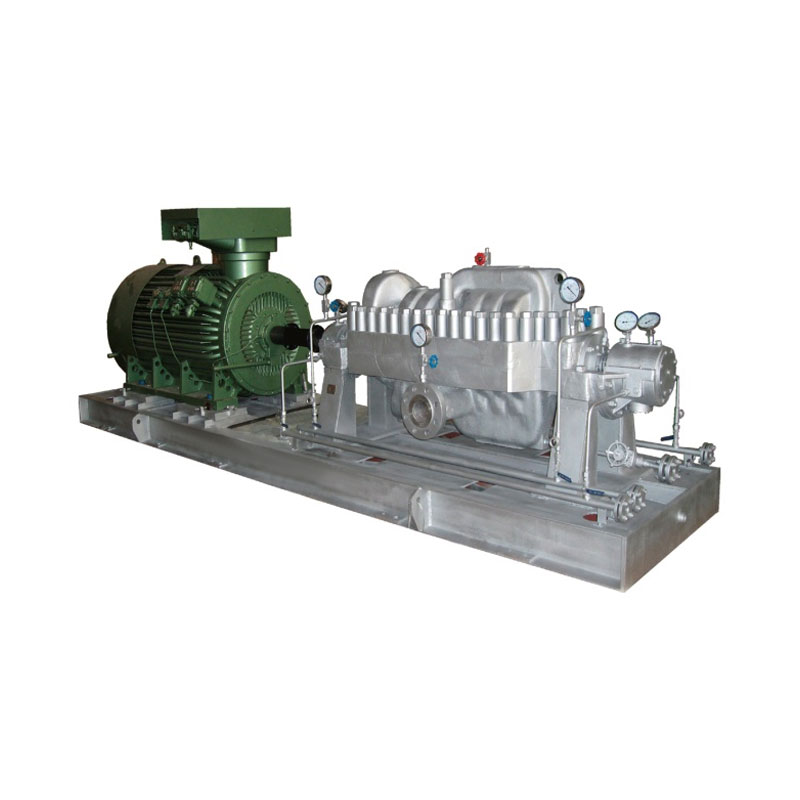
Functions of Industrial Chemical Pumps
Chemical Transfer
The primary function of an industrial chemical pump is to transfer fluids from one location to another. These fluids may be transferred between storage tanks, reactors, or processing systems, and the pump must do so without contaminating the chemicals or causing spills. A good industrial pump ensures safe, continuous, and efficient transfer while minimizing downtime.
Accurate Metering and Dosing
In many applications, particularly in pharmaceutical, food processing, and chemical industries, the precise dosing of chemicals is crucial for the quality and safety of the final product. Chemical pumps can be equipped with metering features, allowing the operator to precisely inject the correct amount of chemicals into a system, ensuring uniformity in the production process.
Chemical Dosing Pumps: These pumps are designed for high accuracy, often using a piston or diaphragm system to inject precise amounts of chemicals, especially in water treatment or pharmaceutical manufacturing.
Pressure Maintenance
Some chemical processes require specific pressure conditions to function correctly. Pumps maintain the necessary pressure within the system, ensuring that fluids move smoothly through pipes, valves, and reactors. These pumps are typically equipped with pressure monitoring systems to detect any deviations from the desired pressure and adjust the flow as needed.
Safety and Leak Prevention
Safety is a top priority in industries dealing with hazardous chemicals. Industrial pumps designed for these environments typically feature double mechanical seals, containment casings, and advanced leak detection systems. This ensures that any potential leakage is contained and doesn’t lead to dangerous spills or exposure.
Maintenance Tips for Industrial Chemical Pumps
Regular Inspection of Seals and Gaskets
Seals and gaskets are the first line of defense against leaks. Over time, these parts can degrade due to chemical exposure, temperature extremes, or mechanical wear. Regularly inspect them for signs of damage, wear, or corrosion. Replacing worn seals and gaskets promptly can prevent costly repairs and environmental hazards.
Monitor Flow Rate and Pressure
Changes in flow rate or pressure can indicate issues like blockages, worn impellers, or airlocks. Regular monitoring ensures that any issues are caught early before they lead to equipment failure. Use digital monitoring systems or manual gauges to track performance and identify abnormalities.
Clean and Lubricate Regularly
Chemical pumps can accumulate residue, debris, and sediment from the chemicals they handle. Periodic cleaning is essential to remove build-ups that can clog the system and affect pump performance. Additionally, lubrication of moving parts (such as bearings and shafts) prevents excessive wear and ensures smooth operation.
Check for Cavitation
Cavitation occurs when the pressure inside the pump drops below the vapor pressure of the liquid, leading to the formation of vapor bubbles. These bubbles can implode, damaging the pump. If you notice unusual noises, vibrations, or a drop in performance, it could indicate cavitation. Regular checks and adjustments to the system can help prevent this problem.
Inspect Bearings and Shaft Alignment
Bearings support the rotating parts of the pump, and misalignment can lead to excessive wear, overheating, and eventual failure. Periodically check for vibration or noise, and ensure the shaft is properly aligned. Misalignment can be caused by wear, so replacing bearings at regular intervals is important.
Perform Regular Fluid Compatibility Checks
Fluids can degrade the materials in the pump over time. Periodically review the chemical compatibility between the pump materials and the fluids being handled. This can prevent unexpected breakdowns due to material failure.
Monitor Temperature and Vibration
Excessive temperature or vibration can signal that something is wrong with the pump. If the pump is operating hotter than usual or vibrating more than expected, check for mechanical issues or an overload condition. Monitoring these parameters can provide early warnings of potential issues.
Keep Spare Parts On Hand
Certain parts of the pump are prone to wear and tear, including seals, gaskets, and bearings. Keeping a stock of these parts ensures that you can quickly replace worn-out components and minimize downtime.
Document Maintenance Activities
Proper documentation of maintenance activities helps you track the performance of the pump and spot recurring issues. It also provides valuable insights for troubleshooting and ensures you’re following the recommended maintenance schedule.
Training and Operator Awareness
Proper operator training ensures that pumps are operated correctly. Operators should understand the correct start-up, shut-down, and emergency procedures, as well as how to troubleshoot common problems. Well-trained operators are less likely to make errors that could lead to damage or downtime.


 English
English русский
русский عربى
عربى

.jpg)
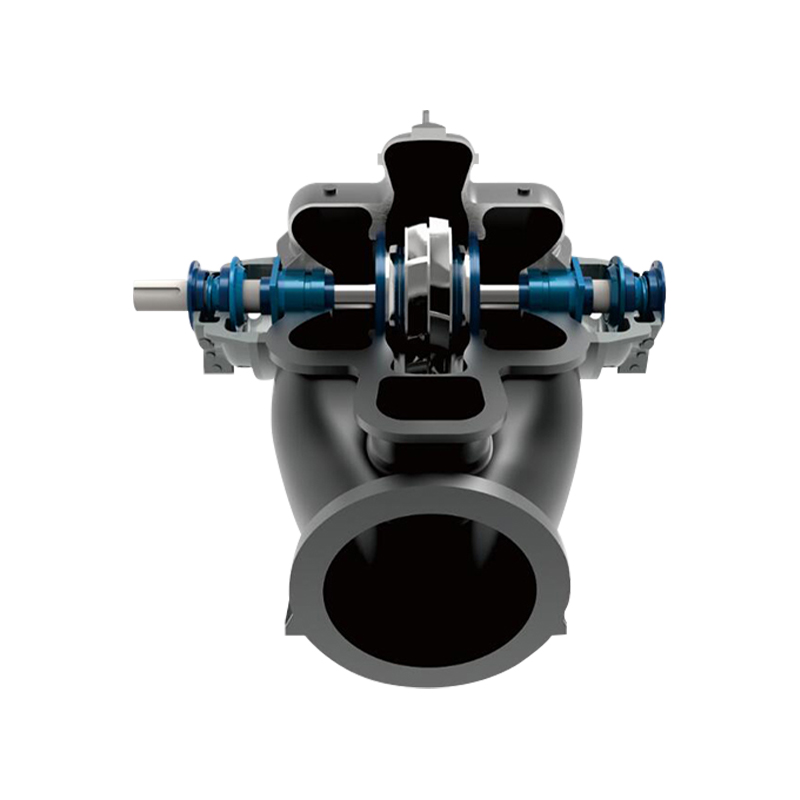
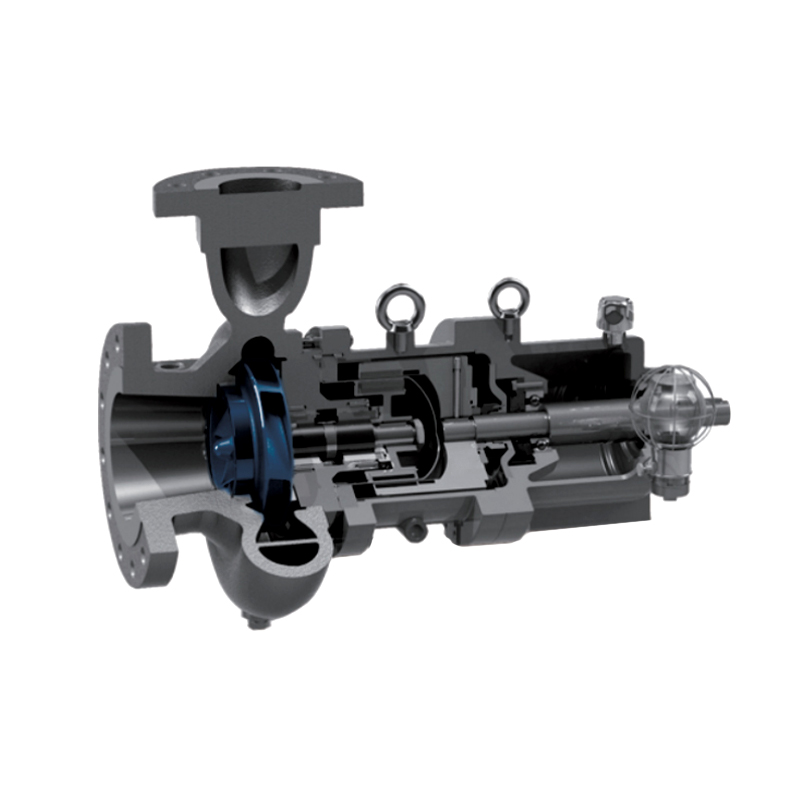

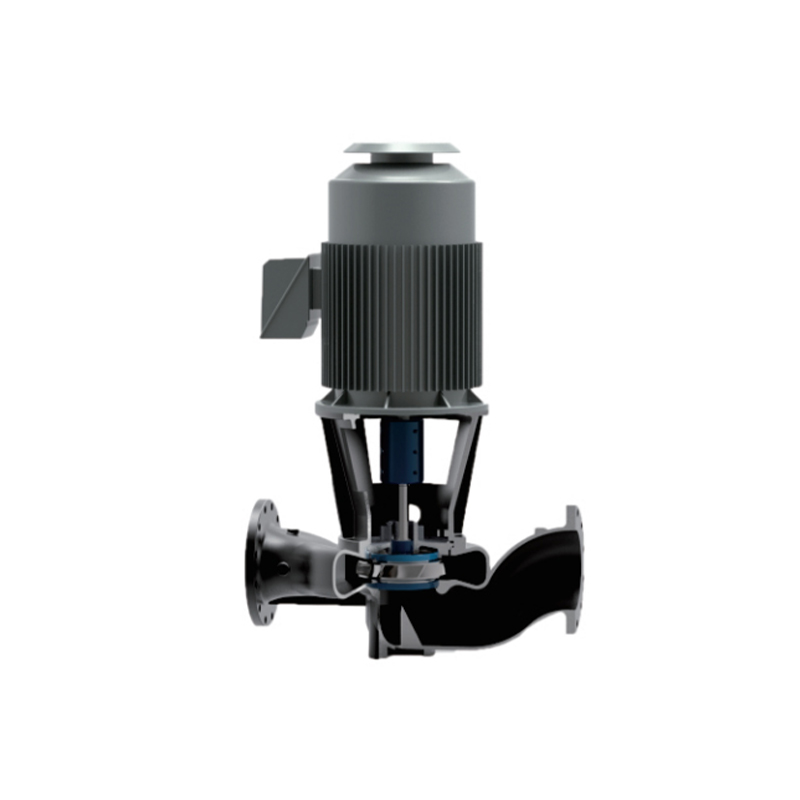

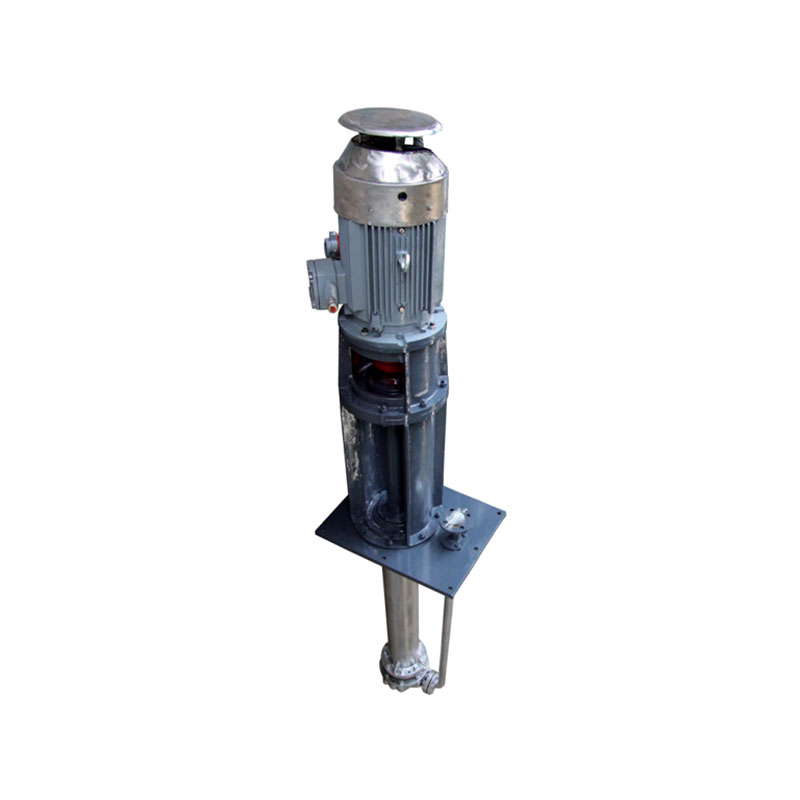
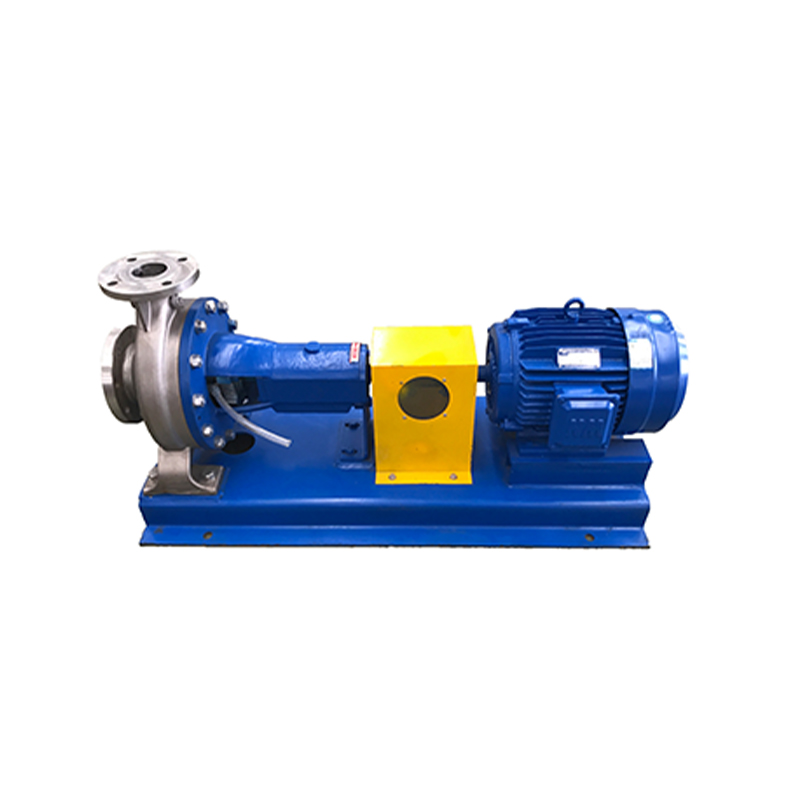

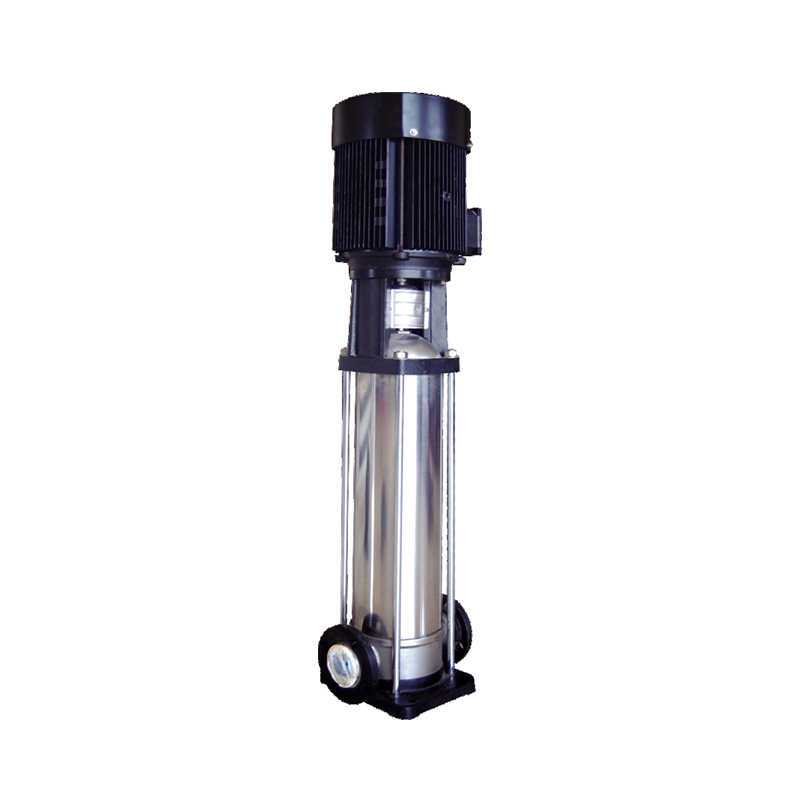






 ENG
ENG

 TOP
TOP